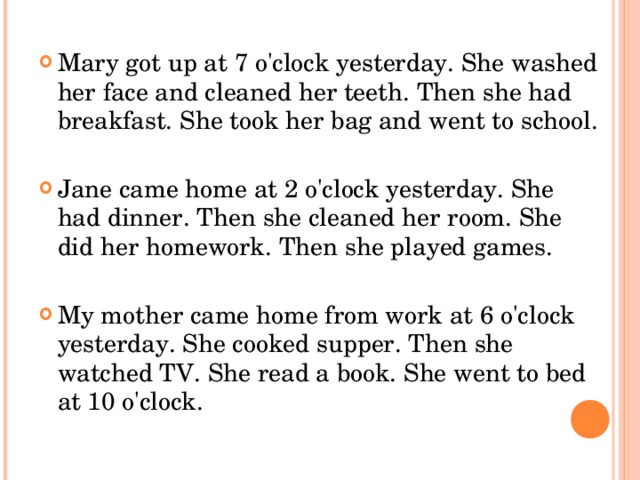Binding baby foods
Baby Diarrhea Foods | Foods to Feed Baby with Diarrhea
| Diarrhea in infants can be a very worrisome occurrence as most parents fear dehydration and the worsening of painful diaper rash. When baby has diarrhea, many parents wonder what foods may help “bind” baby up and stop the diarrhea. What are the possible cause of diarrhea in babies?Children can have acute and chronic forms of diarrhea. Infection with the rotavirus is the most common cause of acute childhood diarrhea. Rotavirus diarrhea usually resolves itself within 3 to 10 days. Children who are 6 to 32 weeks old can be vaccinated against the rotavirus with a vaccine called Rotateq. Here are a few of the common causes of diarrhea:
If your child has diarrhea, do not hesitate to call the doctor for advice. What foods should you feed a baby when he has diarrhea? What foods should you avoid when baby has diarrhea?Please offer your baby small meals when he has diarrhea. Offering smaller meals will allow baby’s digestive system to work slowly. The tiny intestines and still fragile digestive system will take a bit of time to get back on track and healed. Don’t worry if it takes 3 to 4 days for your baby’s stools to get back to “normal”; healing takes time. B.R.A.T – When baby has diarrhea, remember B.R.A.T.Bananas – Rice – Applesauce – ToastThe foods that make up the B.R.A.T diet are those foods that will help cause the bulking and hardening of the stool.
Foods to Avoid with Infant DiarrheaAvoid any foods that are used to help alleviate constipation and certain fruits as well. Below is a list of foods to avoid when baby has diarrhea:
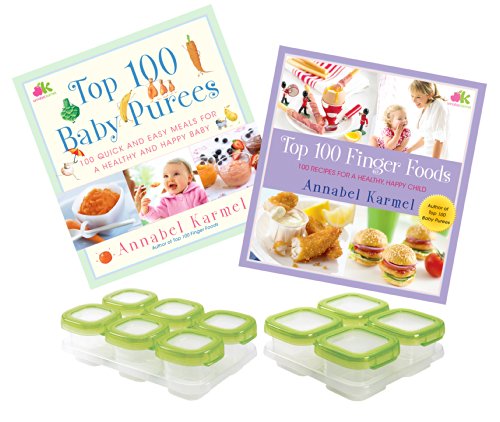 Diluted Apple Juice Diluted Apple JuiceAs we mention on our page about Infant Constipation, please keep in mind that Applesauce is actually a binding food. Applesauce is the whole of the fruit. It contains a higher level of pectin – which firms up stools and may thus lead to constipation. Apple juice contains more of the sugars found in the apple and it also contains more actual liquid; hence apple juice is a good remedy to help relieve constipation. Learn More about Diarrhea at the National Institutes of Health Remember, always consult with your pediatrician regarding introducing solid foods to your baby and specifically discuss any foods that may pose allergy risks for your baby. Bring on the BRAT! Bananas, rice cereals, applesauce and bread are some great foods to offer your baby when he has a bout of diarrhea! It is important to always consult your baby’s pediatrician when baby has had diarrhea for 2 days(or longer) and his or her skin does not “spring-back” when gently pushed. SHARE ON FACEBOOK SHARE ON PINTEREST |
Diarrhea in Babies and Toddlers
AndieM.Ed., RD, LDN, CLC, RYT-200
Read time: 5 minutes
What should you know about diarrhea in older babies and toddlers?Learn about the common causes of baby and toddler diarrhea
Understand which fluids are best for hydration
Know which foods to emphasize and limit when your child has diarrhea
Who knew that one of the biggest things we would do as parents is think and talk about poop so much? We pay close attention to our little one’s poop pattern, whether they have 3 bowel movements per day, go once every 3 days, or somewhere in between (all of which are completely normal!).
While the pattern may shift over time, especially as your child transitions to solid food,1 deviations from their norm can be both uncomfortable for them and alarming for you, especially when that change involves diarrhea.
Acute diarrhea: When your little one has diarrhea for just a few days (less than 3 weeks)2
Chronic diarrhea: When your little one has on-going diarrhea for longer than 3 weeks2
Signs that your older baby or toddler has diarrhea may include:A sudden increase in how often your child passes stool
More than one stool per feeding
Stools that appear to be less formed and more watery than usual
Urgency: needing to get to the bathroom right away
Abdominal pain and/or bloating2,3
A virus
A change in your baby’s diet or your diet if you’re breastfeeding
Antibiotic use by your child or, if you’re breastfeeding, by you
Bacterial food-borne illness, in which case medications may be needed for treatment (call your child’s healthcare provider immediately if you suspect food-borne illness)
Lactose intolerance (which could lead to chronic diarrhea)2,4
It’s important to treat your child’s diarrhea promptly, as the most immediate risk for most children is dehydration.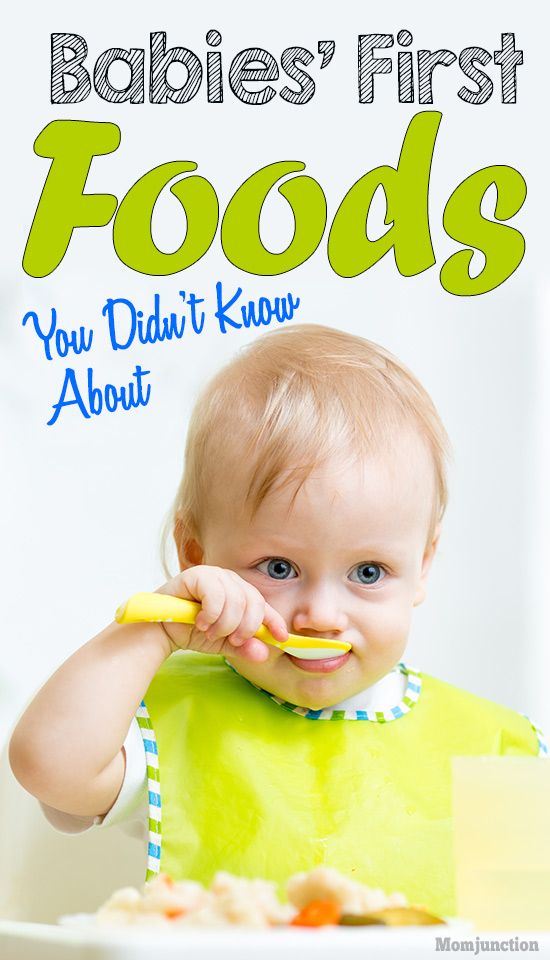 5 If your child has diarrhea, be sure to watch for symptoms of dehydrations.
5 If your child has diarrhea, be sure to watch for symptoms of dehydrations.
Plays less than usual
Urinates less than usual
no tears while crying
dry, parched mouth6
Very fussy or irritable
excessive sleepiness
urine that looks darker and smells stronger than usual, and only 1 to 2 per day
sunken eyes and fontanels (the soft spots on your baby’s head)
hands and feet that feel cold and look discolored6
Read more: How can I tell if my child is adequately hydrated?
What should I do about my baby or toddler’s diarrhea? Make sure your child gets plenty of fluidsA first line of home remedies for diarrhea in toddlers and babies is additional fluids. 7
7
Under 12 months: Provide breastmilk and/or formula
Over 12 months: Provide breastmilk, cow’s milk / milk alternative, and water.2,3
If your little one seems to get bloated or gassy after drinking cow’s milk, ask their healthcare provider if it should be avoided.3
Read more: Dairy Sensitivity in Babies and Toddlers
Should your child has worsening diarrhea and/or is showing little interest in her usual drinks, try these alternatives while also checking in with her healthcare provider:
Smoothies – try blending banana, coconut water, and ice or just melon and water (but skip the berries until your child is feeling better)
Whole fruit-based popsicles – like smoothies, popsicles are another means for delivering fluids to a child resistant to drinking
if your child is suffering from prolonged or more severe diarrhea, their healthcare provider might recommend a rehydration / electrolyte drink. Be sure to only use commercial prepared pediatric rehydration drinks.3
Be sure to only use commercial prepared pediatric rehydration drinks.3
Fluids to Avoid: Unlike pediatric electrolyte drinks; Jell-o, soda / soft drinks, juice, and sports drinks often do not have the correct mixture of sugar, salt, and fluids, and may make your little one more sick.3, 4
If juice is the only fluid your child will drink, try diluting it: 1 ounce of juice to 4 ounces of water.
Emphasize healthy foodsIn addition to hydration, attention to diet can be important.8 While in the past the BRAT diet was recommended, this is no longer considered beneficial.3 Most little ones can resume eating a healthy balanced diet within a day or so after getting sick. Include fruits, vegetables, proteins, and complex carbohydrates.3
Sometimes emphasizing foods that bind stool as well as those that provide more fluids may help. Smaller more frequently meals may also provide some relief.8
Focus on the following foods:
Binding foods (foods high in soluble fiber):13
Green bananas (not overly ripe), applesauce, toast, cereals (oatmeal, cream of wheat), skinless potatoes, and white rice.

Easily-digested fruits with high water content: Cantaloupe, honeydew, and watermelon
Easily-digested proteins: Eggs, white meat chicken, and white flaky fish
A sprinkle of salty foods: Pretzels, saltines, and broth-based soups
Cooked (and peeled) mild vegetables: Carrots, green beans, squash, zucchini, and potato2,8
Restrict the following foods:
Food high in fat and sugar like fried foods, ice cream, pastries, sausage/bacon, and fast foods
Any foods you notice make your child’s diarrhea worse
Foods that naturally may cause loose stools, such as: prunes (dried plums) and full-strength juice.8
If you have questions about your child’s diet, reach out to our team of registered dietitians and lactation consultants for free! They are here to help on our free live chat from Monday – Friday, 8am-6pm (ET). Chat with them now!
Do probiotics help with baby and toddler diarrhea?The helpfulness of probiotics in children with diarrhea is debated, with some research showing no help and others indicating it may promote some improvements. 9, 10
9, 10
For more information, check in with your child’s healthcare provider.
Read more: Probiotics 101
Does my baby need an anti-diarrheal medication?Anti-diarrheal medications are sold over the counter (as well as by prescription) but in most cases should not be used. Chat with your child’s healthcare provider before considering an anti-diarrheal.3, 5, 8
Protect against diaper rashSome wipes contain alcohol, fragrance, and other chemicals, so you may choose to keep your little one’s tush comfortable and clean by using water-dampened cloths instead of baby wipes. 11 To do this, gently wipe baby’s bottom with the dampened cloth and patting dry or air-dry. You may also opt for wipes that are free of potentially irritating chemicals.
Allow your child’s bottom to dry completely before applying a protective ointment or cream. The cream will help provide a barrier between what’s in your baby’s diaper and your little one’s tush – but it will only help if applied to a dry bottom.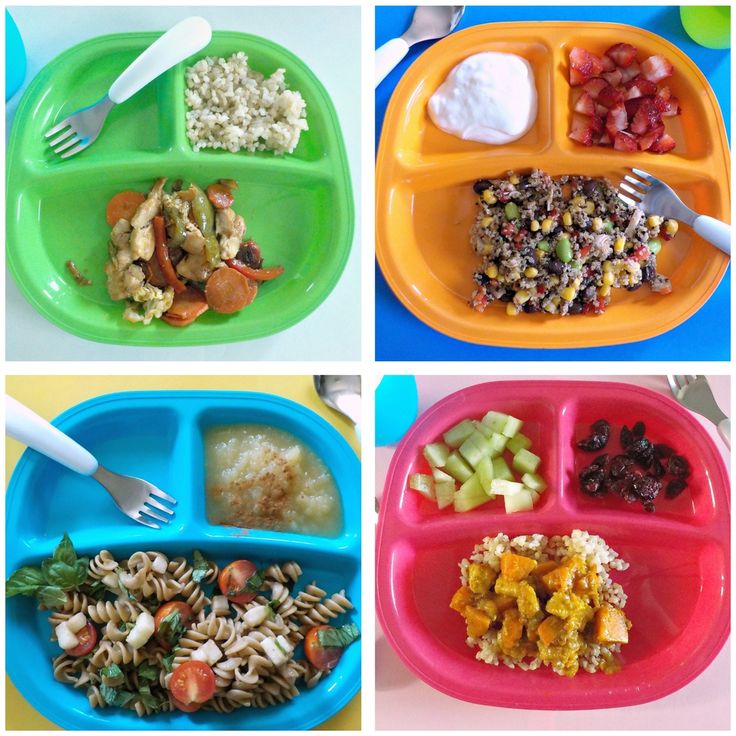 11
11
Frequent diaper changes (or even some diaper-free time!) may also help.12
Call your child’s healthcare provider if you have concernsIf your child is experiencing any of the following, contact your healthcare provider:
Dehydration
Vomiting and an inability to keep any fluids down
Diarrhea containing blood, mucus, or pus, or that is black and tarry
A fever higher than 102*F or a fever and diarrhea lasting for more than 2 days
More than 8 stools in 8 hours
A significant change in behavior concurrent with diarrhea
Other signs of illness
You suspect your baby or toddler’s diarrhea is related to food-borne illness
We know parenting often means sleepless nights, stressful days, and countless questions and confusion, and we want to support you in your feeding journey and beyond.
Our Happy Baby Experts are a team of lactation consultants and registered dietitians certified in infant and maternal nutrition – and they’re all moms, too, which means they’ve been there and seen that. They’re here to help on our free, live chat platform Monday through Friday, from 8am–6pm (ET). Chat Now!
They’re here to help on our free, live chat platform Monday through Friday, from 8am–6pm (ET). Chat Now!
Read more about the experts that help write our content.
For more on this topic, check out the following articles:Alternatives to naturally and artificially sweetened beverages and juices
Choosing milk and milk alternatives for your baby and toddler
How can I tell if my baby is adequately Hydrated?
The pros and cons of cups, sippy cups, and straws for babies and toddlers
Storing baby food
How Do I Help My Breastfed Baby with Diarrhea and Constipation?
Busy childhood: Doctors link rise in obesity to malnutrition in infants | Articles
Russian mothers have become fascinated with intuitive eating systems, in which children are allowed to choose from the offered products on their own. This concept assumes that food products are not divided into "harmful" and "useful", and the child intuitively chooses what he needs and listens to his own instincts.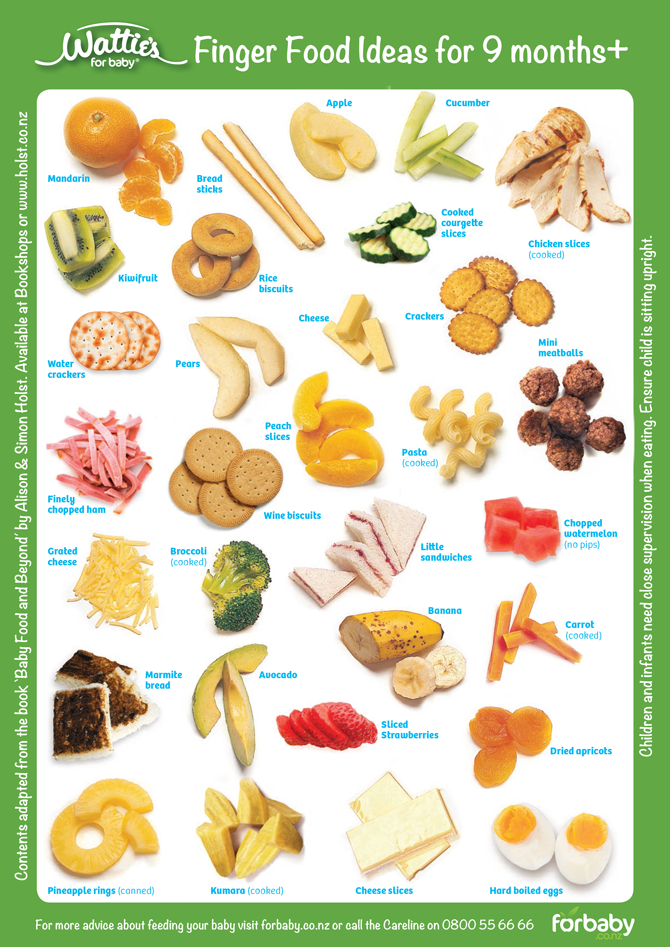 Pediatricians are sounding the alarm: the desire of young parents to saturate the child at all costs leads to an increase in childhood obesity, and illiteracy and experiments in child nutrition directly affect human health in the future. At the Fourth Congress of Pediatricians of the Urals, leading Russian experts spoke about the contribution that nutrition makes from the first days of a baby's life and why food from the garden can be unsafe for children. nine0003
Pediatricians are sounding the alarm: the desire of young parents to saturate the child at all costs leads to an increase in childhood obesity, and illiteracy and experiments in child nutrition directly affect human health in the future. At the Fourth Congress of Pediatricians of the Urals, leading Russian experts spoke about the contribution that nutrition makes from the first days of a baby's life and why food from the garden can be unsafe for children. nine0003
Choose whatever you want
Statistics of recent years show alarming figures: the increase in childhood obesity across the country among children aged 2 to 12 has increased from 0.9% to 3.8%. Moreover, among boys, these figures increased from 1.3% to 6.2%.
The relevance of studying the problem of obesity in children is due to the steady growth of this disease among the child population. The annual increase in the number of obese children in the 1970s was about 0.2%, in the 1980s - 0. 6%, in 1990 - 0.8%, in 2000 - 2%, in 2013 - 5.6%. Overweight and obesity, once considered common in high-income countries, are now becoming more prevalent in low- and middle-income countries, especially in cities.
6%, in 1990 - 0.8%, in 2000 - 2%, in 2013 - 5.6%. Overweight and obesity, once considered common in high-income countries, are now becoming more prevalent in low- and middle-income countries, especially in cities.
— We are well aware that childhood obesity increases the likelihood of premature death and disability in adulthood, and leads to psychological problems. Regular studies of the nutritional status of various groups of children and adults indicate that the structure of nutrition does not meet the principles of healthy eating and is characterized by a high caloric content of the diet. The nutrition of the majority of the population of the Russian Federation is skewed due to the consumption of foods containing a large amount of animal fat and a lack of vegetables, seafood, fish, - said the representative of the Ministry of Health of the Russian Federation, adviser to the minister Valery Buzin. nine0003
Improving the quality of nutrition is one of the priorities of the state health policy. As part of existing federal projects, information campaigns are being conducted on a healthy lifestyle and proper nutrition. However, experts note that the budgets allocated for these purposes are several times less than the funds allocated for the marketing promotion of products that are harmful to children's health.
As part of existing federal projects, information campaigns are being conducted on a healthy lifestyle and proper nutrition. However, experts note that the budgets allocated for these purposes are several times less than the funds allocated for the marketing promotion of products that are harmful to children's health.
— Health programming is an important task that is important to discuss both at the state level and in the professional community. But it's also important to discuss it with food manufacturers, because not everything in life is about making a profit. Socially responsible business understands this and tries to promote useful ideas. It is necessary to popularize the idea of healthy eating from childhood, and the professional community can play a big role, because both pediatricians and nurses communicate with young parents and can make a serious contribution to a healthy generation,” Buzin added. nine0003
Programmed for health
Doctors are convinced that obesity can be programmed in a child from early childhood. And in many ways, this is influenced by the health and nutrition of the expectant mother. Doctors suggest paying more attention to the process of preparing for pregnancy and the nutrition of expectant mothers. For example, in Western countries, preparation for future parenthood is treated much more responsibly: about half of families in the United States approach the issue of childbearing consciously and prepare for pregnancy in advance. Of particular concern to physicians is the so-called intuitive eating system, when a child eats as much as he wants, and what he wants. nine0003
And in many ways, this is influenced by the health and nutrition of the expectant mother. Doctors suggest paying more attention to the process of preparing for pregnancy and the nutrition of expectant mothers. For example, in Western countries, preparation for future parenthood is treated much more responsibly: about half of families in the United States approach the issue of childbearing consciously and prepare for pregnancy in advance. Of particular concern to physicians is the so-called intuitive eating system, when a child eats as much as he wants, and what he wants. nine0003
- In recent years, the so-called self-choice food has become very fashionable: to give what the child chooses himself, and not what the pediatricians recommend giving. What can be an independent choice at six months? A child at this age cannot choose anything on his own, - explained Maria Gmoshinskaya, Doctor of Medical Sciences, Leading Researcher at the Laboratory of Age-Related Nutrition of the Federal State Budgetary Institution "Federal Research Center for Nutrition and Biotechnology".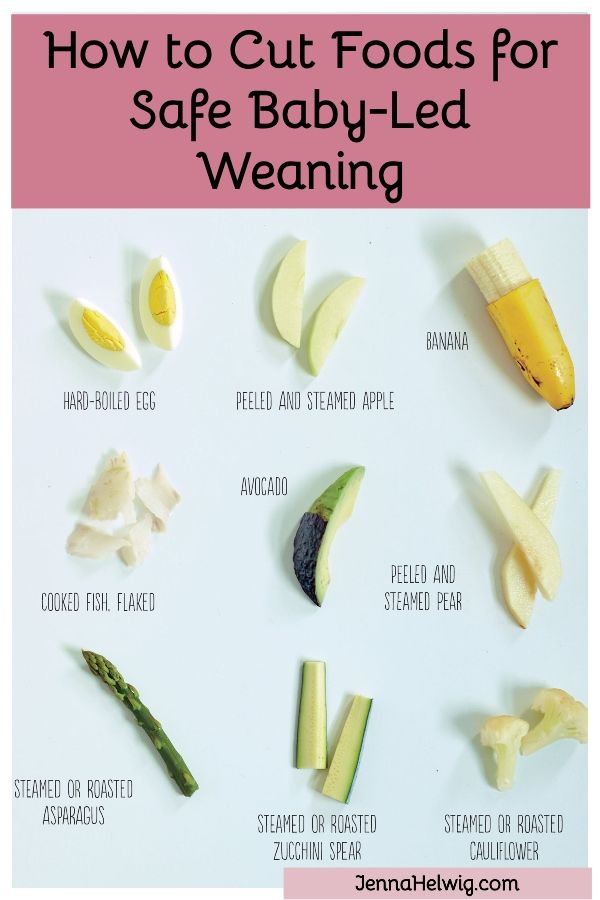
According to the MD, it is important to strike a balance between the start of the introduction of complementary foods and its varied composition. This is primarily due to the fact that the early introduction of complementary foods provokes the development of obesity. According to medical standards, the time of introduction of complementary foods is from 4 to 6 months. Unfortunately, some parents violate these deadlines. nine0003
- Delayed introduction of complementary foods occurs in 15% of infants. All of these are breastfed babies. This is the other side of the coin: the longer I feed, the better - at least up to 16 years. Of course, this should also be a little alarming for us, ”added Gmoszynska.
Mortgage for the future
The head of the neonatal service of the Morozov Children's Clinical Hospital, Doctor of Medical Sciences, Professor Irina Belyaeva also expressed concern about the catastrophic increase in the number of obese children under the age of two.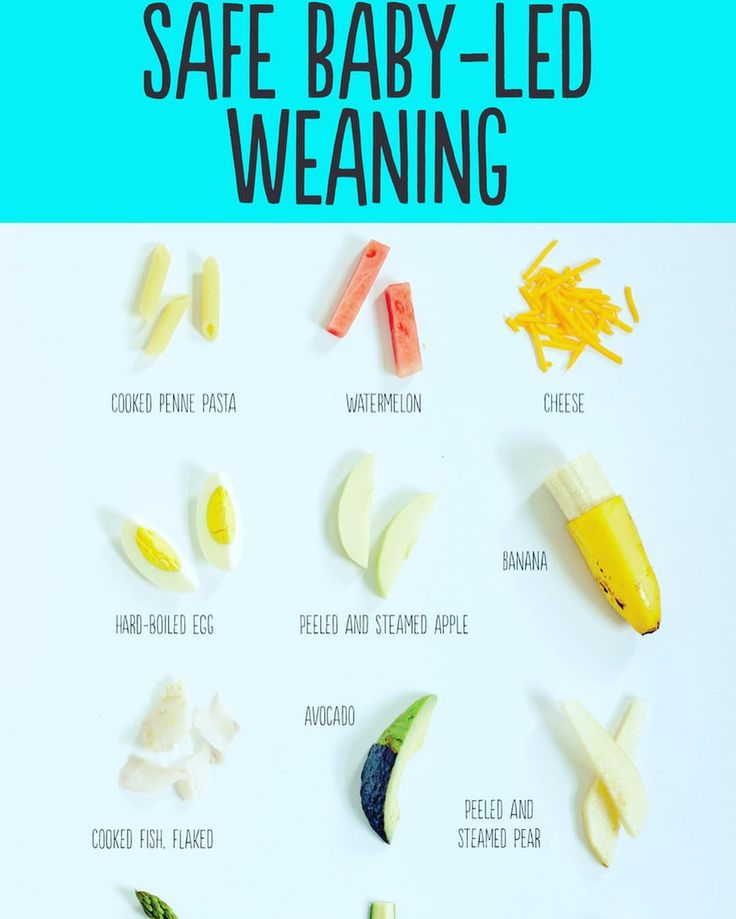 Over the past 30 years, the number of overweight children has doubled. Among older children, the percentage of adolescents suffering from obesity approaches 15%. A multicenter study conducted at the Federal State Budgetary Institution "Federal Research Center for Nutrition and Biotechnology" showed that the prevalence of overweight and obesity in children aged 5–15 years was on average 19.9 and 5.6%, respectively, which confirms the seriousness of the problem of obesity in children for our country.
Over the past 30 years, the number of overweight children has doubled. Among older children, the percentage of adolescents suffering from obesity approaches 15%. A multicenter study conducted at the Federal State Budgetary Institution "Federal Research Center for Nutrition and Biotechnology" showed that the prevalence of overweight and obesity in children aged 5–15 years was on average 19.9 and 5.6%, respectively, which confirms the seriousness of the problem of obesity in children for our country.
Obesity in a child is not only a problem with self-esteem in the future, but also the early development of signs of arterial hypertension and diabetes mellitus. Professor Belyaeva notes that the clinical manifestations of these diseases have become more common in preschool children.
— Among the factors that form these individual predispositions, the nutritional factor is one of the most significant. Of course, the main role in feeding a child in the first year of his life belongs to breastfeeding, which is necessary for programming his health in general. Breastfed children are better adapted to plant-based complementary foods, which is of great importance for the subsequent nutrition of our children, says Professor Belyaeva. nine0003
Breastfed children are better adapted to plant-based complementary foods, which is of great importance for the subsequent nutrition of our children, says Professor Belyaeva. nine0003
A child's eating habits begin to develop during the complementary feeding phase. It is at this stage that factors arise that increase the risk of incorrect health programming: the age of introduction of complementary foods, type, ingredient composition, and nutritional and energy values of products.
— This timing is under discussion all the time because there is new data confirming that early introduction of complementary foods increases the risks of obesity, and later is still not optimal, although it does not increase the metabolic syndrome, but can lead to anemia. Infants should be offered a varied diet that includes a variety of tastes, including bitter and sour. It is very important not to add sugar and salt, as well as sugar-sweetened drinks, to baby food,” added the head of the neonatal service of the Morozov Children's City Clinical Hospital. nine0003
nine0003
Professor Belyaeva recommends being persistent when a child does not want to eat vegetable puree: you need to offer it at least 12 times. With this approach, most children get used to vegetables and eat them with pleasure in the future.
Excluded from the main composition
Physicians consider vegetable purees and various cereals to be optimal nutrition for the first feeding. According to the Academician of the Russian Academy of Sciences, President of the Union of Pediatricians of Russia Leila Seymurovna Seymurovna-Baranova, any vegetable, fruit or berry grown in one's own garden or garden is not 100% safe for infants to eat. Doctors attribute this to the lack of control over the level of undesirable chemical compounds in them, primarily nitrates and nitrites, as well as the inability to assess the composition of useful substances and minerals and their ratios in what is grown on their site. nine0003
- For complementary foods, it is necessary to use industrial products, after all, we live in the 21st century. This is a time of high demands and the need for strict adherence to standards in everything, especially in nutrition. Sometimes people ask me if I can recommend zucchini from my garden. Unfortunately, at present, homemade puree from vegetables or fruits grown in one's own garden or in one's own beds cannot be recognized as completely safe, because we cannot be sure that they do not contain anything dangerous for the baby's nutrition. Perhaps this bed was treated with a strong poison from garden pests, or maybe there is a busy highway next to the garden, there is a harmful chemical production, or there is an airfield, - Academician of the Russian Academy of Sciences Namazova-Baranova emphasized. nine0003
This is a time of high demands and the need for strict adherence to standards in everything, especially in nutrition. Sometimes people ask me if I can recommend zucchini from my garden. Unfortunately, at present, homemade puree from vegetables or fruits grown in one's own garden or in one's own beds cannot be recognized as completely safe, because we cannot be sure that they do not contain anything dangerous for the baby's nutrition. Perhaps this bed was treated with a strong poison from garden pests, or maybe there is a busy highway next to the garden, there is a harmful chemical production, or there is an airfield, - Academician of the Russian Academy of Sciences Namazova-Baranova emphasized. nine0003
Strict control of chemical composition, microbiological safety indicators, degree of grinding is carried out in commercial complementary foods. They are important for getting to know different flavors. According to experts, it is necessary to acquaint the child with various tastes, not only sweet, but also bitter and sour, during the introduction of complementary foods.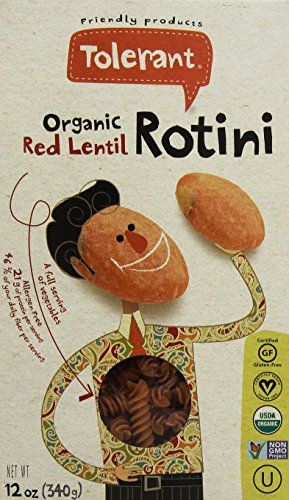 In the Moscow region, young parents receive free baby food, which, in addition to traditional dairy products, includes fruit juices, vegetable and meat purees, including the FrutoNyanya brand, which is produced by the Russian company PROGRESS. The choice of this manufacturer was due to the quality and safety of the products that have passed clinical trials. nine0003
In the Moscow region, young parents receive free baby food, which, in addition to traditional dairy products, includes fruit juices, vegetable and meat purees, including the FrutoNyanya brand, which is produced by the Russian company PROGRESS. The choice of this manufacturer was due to the quality and safety of the products that have passed clinical trials. nine0003
It is worth noting that added sugar and salt in the early stages of a child's life is one of the key reasons for the formation of poor eating habits, which can later lead to excess weight and associated diseases.
- Since 2018, we have removed sugar from all fruit purees. For several years, work has been carried out to select fruits that are suitable in composition and sweetness. We, a Russian company producing baby food, have chosen the main directions for ourselves as part of the Decade of Childhood program: reducing added sugar in products, enriching them with essential macro- and micronutrients, managing risks in food production, - said the Director of the Innovation and Change Management Department of JSC " PROGRESS" Dmitry Makarkin. nine0003
nine0003
The company's quality and food safety system meets the highest requirements and standards for the production of food products for young children.
— In terms of prebiotic fortification, the approaches are consistent with the recommendations of the Institute of Nutrition. Our products are approved there. Great attention is paid to this, and additional tests are carried out, which are not mandatory for food production, but are the requirements of our company, Makarkin summed up. nine0003
SEE ALSO
Benefits of organic baby food - Articles about baby food from pediatricians and MAMAKO experts
Components of food products are building blocks for all organs and tissues of the human body, so the state of health is determined by the quality, digestibility, biological and energy value of food. It creates the prerequisites for the proper development of the body and its functioning in the future.
Specialists, scientists, physicians associate the increase in the incidence of children over the past century with changes in the diet. From the first years of life, a child's body is extremely susceptible to various undesirable and harmful components, such as toxins, allergens, which are often food additives of chemical origin.
The popularity of natural and organic products has exploded in the last decade as more consumers recognize their health benefits. The supply is formed by demand, therefore, food products appear on the market every year, which are characterized by a high degree of safety, attractive consumer properties, the presence of well-digestible proteins and micronutrients, minerals and vitamins that are important for the formation of a healthy body. nine0003
It is a balanced and healthy diet based on optimally selected food products that will provide children with full development, good physical shape and mood, and the formation of rational eating habits.
Baby food is generally characterized by high nutritional value and good taste, safety, balanced composition. But the variety of terms on the label, such as "natural", "ecological", "farm", "organic", indicating the beneficial properties of the content, often confuse consumers, and in some cases are contradictory and misleading. nine0003
What is the difference between these definitions, what do they mean, what are the characteristics of food products? What are the benefits of additional quality criteria, such as being labeled "organic"?
natural products are products that consist of natural, natural ingredients and do not contain chemical additives or impurities. At the same time, the term “natural product” can be interpreted in a completely different way, since the presence of this phrase on the package does not guarantee the absence of chemical additives in its contents: the manufacturer is not obliged to track the sources of raw materials, materials, and the technological process for preparing such products. nine0003
Farm products are grown and produced on privately owned farms and in most cases non-industrial. The term "farm products" has gained a lot of popularity in recent years: it began to be often placed on labels. But sometimes the use of the "farm product" status is speculative, as the packaging doesn't say how the ingredients were produced. Due to the fact that there are no legislative acts on the quality of farm products, it is possible that they can be produced using herbicides, chemical fertilizers, growth hormones, and so on. nine0003
Due to the fact that there are no legislative acts on the quality of farm products, it is possible that they can be produced using herbicides, chemical fertilizers, growth hormones, and so on. nine0003
The composition of organic products excludes the presence of additives of artificial origin, such as preservatives, dyes, flavors, flavor enhancers, as well as the use of genetically modified organisms. The raw materials used in the production of organic food are grown without the use of pesticides, herbicides, chemical fertilizers, antibiotics, hormones, growth regulators. It is believed that the consequence of compliance with such conditions is the absence of chemical additives in organic raw materials. This gives the products an improved taste, a more pronounced aroma, and ensures their complete chemical composition. nine0003
The dominant difference that distinguishes organic products is the strict requirements for the quality of their ingredients, production technology, as well as the conditions under which the raw materials for their production were obtained:
- organic products are produced in environmentally friendly regions, natural conditions, away from megacities, highways, industrial areas.
 Ecological agriculture helps to preserve the environment and provide future generations with a healthy and comfortable life; nine0099
Ecological agriculture helps to preserve the environment and provide future generations with a healthy and comfortable life; nine0099 - only genetically modified and untreated seeds are used in the cultivation of cereals, legumes, vegetables, fruits and other organic products. Plants grow naturally. Chemical fertilizers, herbicides, pesticides, hormones, growth stimulants are not used in organic agriculture;
- finished organic products do not contain flavors, dyes, emulsifiers, stabilizers, preservatives and other additives of artificial origin; nine0099
- to confirm the status of "organic", the food product is subjected to mandatory regulatory and systematic quality control "from grain to counter". Quality control is carried out by authorized state services - accredited certification bodies, as well as laboratories of the manufacturer itself;
A food product that has successfully passed the entire quality control cycle, and this is confirmed by certification bodies, receives the appropriate certificate, and a special “organic” mark is applied to its packaging: this distinguishes it from other products.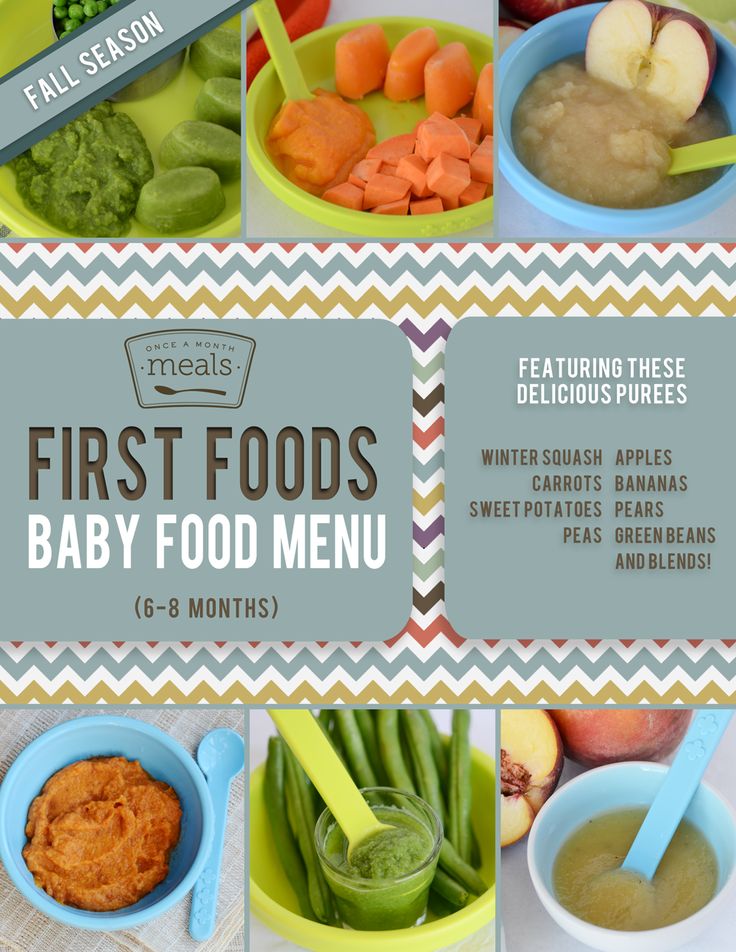 nine0003
nine0003
Therefore, a specific mark and label for organic products is used in relation to the production process and products, confirming that they have been produced and processed in an environmentally friendly way, and that all principles of organic production have been respected “from farm to consumer table”. The sign and the label are elements that confirm the quality of the production process, and not just the product itself.
Therefore, certified organic products are products that are produced, processed, packaged in strict compliance with specifications or government standards and then certified as "organic". The definition means that the product is produced with the exception of toxic effects on the environment, does not contain agrochemicals, pesticides, in its production did not use genetically modified seeds or products, hormones, chemicals, it is free from transgenic organisms and so on. nine0003
Organic products can be obtained on your own farm, that is, by self-breeding animals, growing vegetables, fruits, grain crops, which is accompanied by soil quality control and excludes the use of chemical fertilizers, hormones to accelerate the growth of plants and animals and protect them from diseases. Compliance with all the necessary conditions is a rather complicated process.
Compliance with all the necessary conditions is a rather complicated process.
The second way to produce organic food is to buy organic raw materials. nine0003
As a result of fulfilling all the listed requirements and production conditions, organic products do not contain traces of pesticides, chemical additives, mycotoxins and other things, which makes it possible to limit the impact of such substances on the body of children. Infants are more susceptible than adults to the possible negative effects of various undesirable components.
Organic products are distinguished by their taste and higher nutritional value: on average, they contain 20-50% more vitamins, minerals, and biologically active substances compared to products produced using traditional technologies. nine0003
For example, organic baby cereals have advantages over conventional ones: a more balanced amino acid composition, a higher content of vitamins and minerals than with traditional methods of growing grain crops, which means that the composition and taste of organic cereals are much better and richer . At the same time, the range of organic cereals harmoniously complements the always available conventional baby food cereals, which are characterized by excellent taste, high nutritional value and safety due to strict requirements for baby food in the world and Russia, careful selection of raw materials and materials, strict technical and chemical control of technological production process. nine0003
At the same time, the range of organic cereals harmoniously complements the always available conventional baby food cereals, which are characterized by excellent taste, high nutritional value and safety due to strict requirements for baby food in the world and Russia, careful selection of raw materials and materials, strict technical and chemical control of technological production process. nine0003
Thus, organic and traditional baby food is a unique case when “healthy” does not mean “tasteless”, and the properties “healthy” and “tasty” harmoniously combine, complement and balance each other.
* Breast milk is the best food for babies. WHO recommends exclusive breastfeeding for the first 6 months of a child's life and continued breastfeeding after complementary foods are introduced until the age of 2 years. Before introducing new products into the baby's diet, you should consult with a specialist. The material is for informational purposes and cannot replace the advice of a healthcare professional.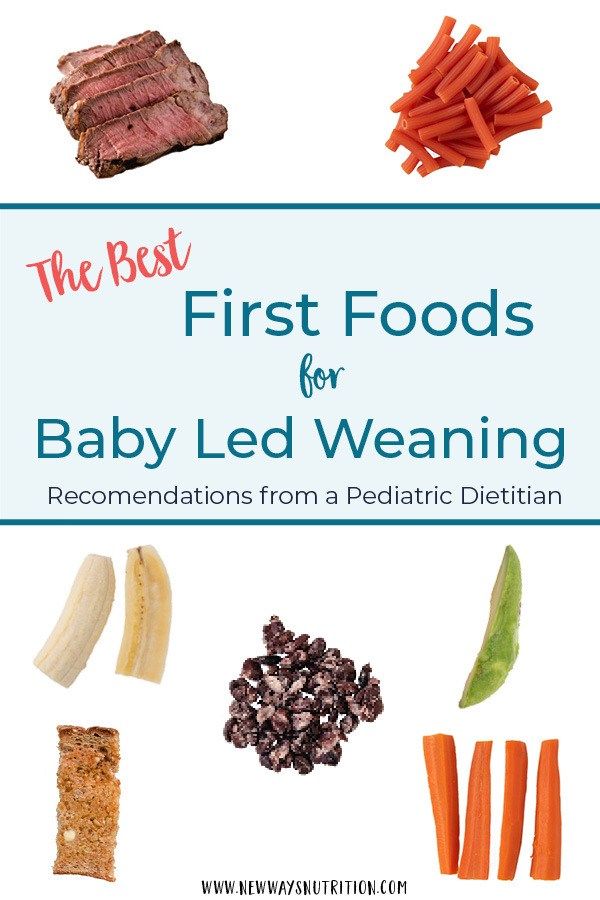

 These foods include grains, and certain fruits. Below are more foods that will help firm-up and bind baby’s stools when diarrhea occurs.
These foods include grains, and certain fruits. Below are more foods that will help firm-up and bind baby’s stools when diarrhea occurs.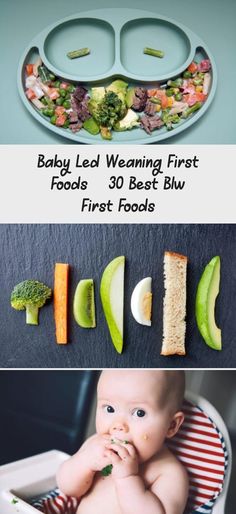 The inability of the skin to “spring-back” suggests baby may be suffering from dehydration.
The inability of the skin to “spring-back” suggests baby may be suffering from dehydration.